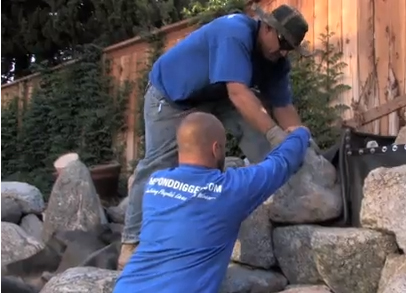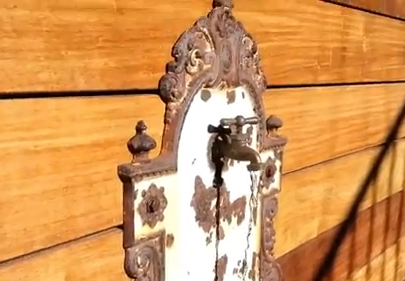installation
I’m generally a low-key guy, but I love almost everything about building waterfalls. I like discussing a site’s potential with my clients. I like going to the supply yard and selecting stone. And while I don’t mind letting others take the lead with the digging, I do like laying out shelves and setting the pond’s interior contours in ways that will maximize
Of all the concepts of hydraulic-system design, there are few that have more importance than the correlation between water flow (that is, capacity expressed as gallons per minute) and line velocity (the speed at which the water travels). As water travels through a pipe, its increase in speed (that is, its line velocity) results in an increase in resistance (expressed as feet of head) and in a reduction of end pressure, which is measured in pounds per square inch (psi). In other words, an increase in friction losses and a drop in pressure is the result of increased water velocity at a given flow. If that makes sense to you without further explanation, then you know much of what you need to know when it comes to
Sometimes, it’s the unexpected that gives a place its true spirit. That’s been very much the case for The First Church of Christ, Scientist, a 1975 addition to Boston’s historic Back Bay district. The site features a campus plan devised by legendary architects I.M. Pei and Peter Walker, with grounds organized around a
Filling small courtyards and other compact spaces with the sounds of moving water is a valued service watershapers often perform for clients these days. A frequent approach in these cases involves installation of wall-mounted fountains in which water issues from a source set toward the top of the fixture and drops into a small basin from which the water is drawn and

















